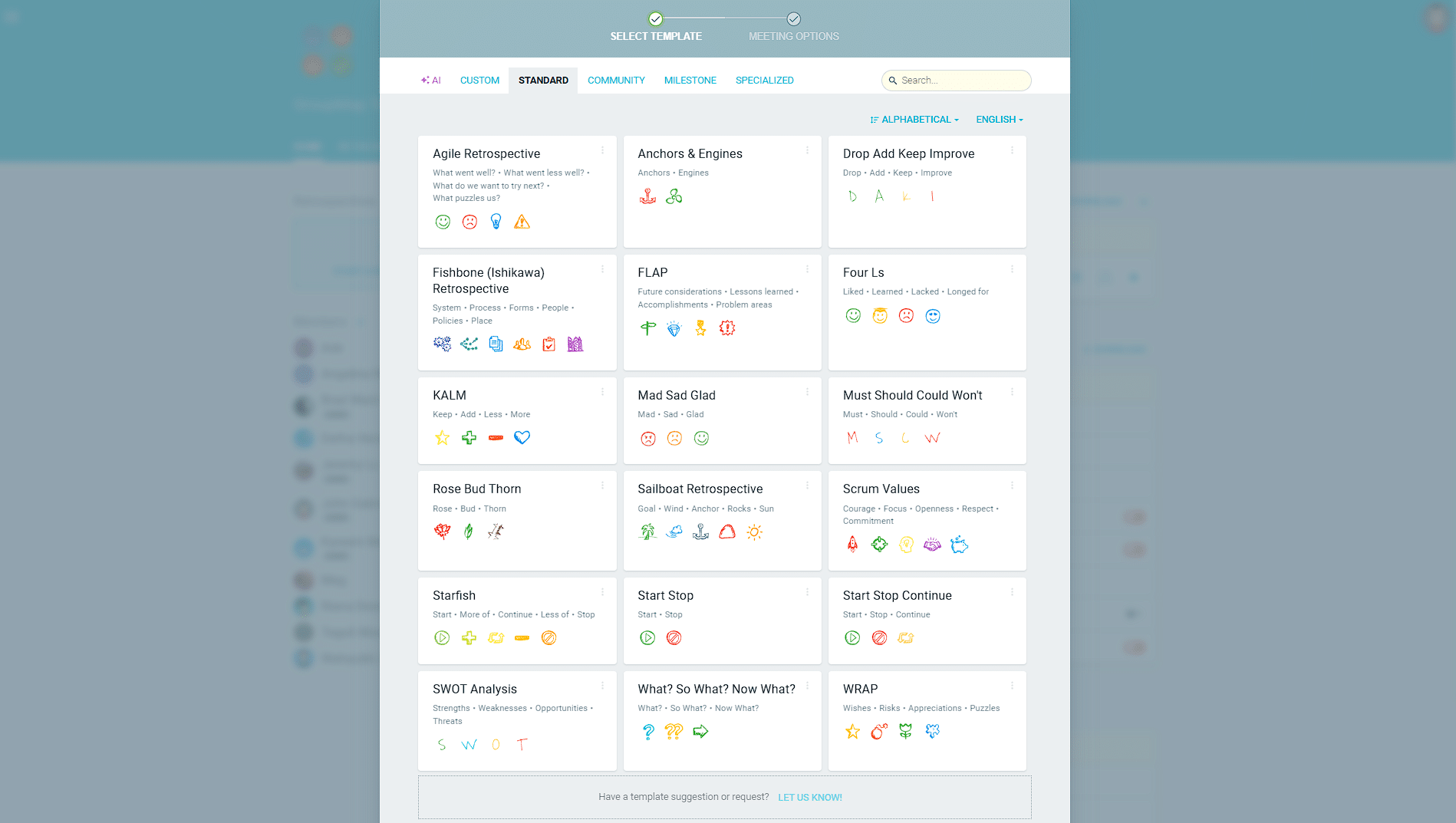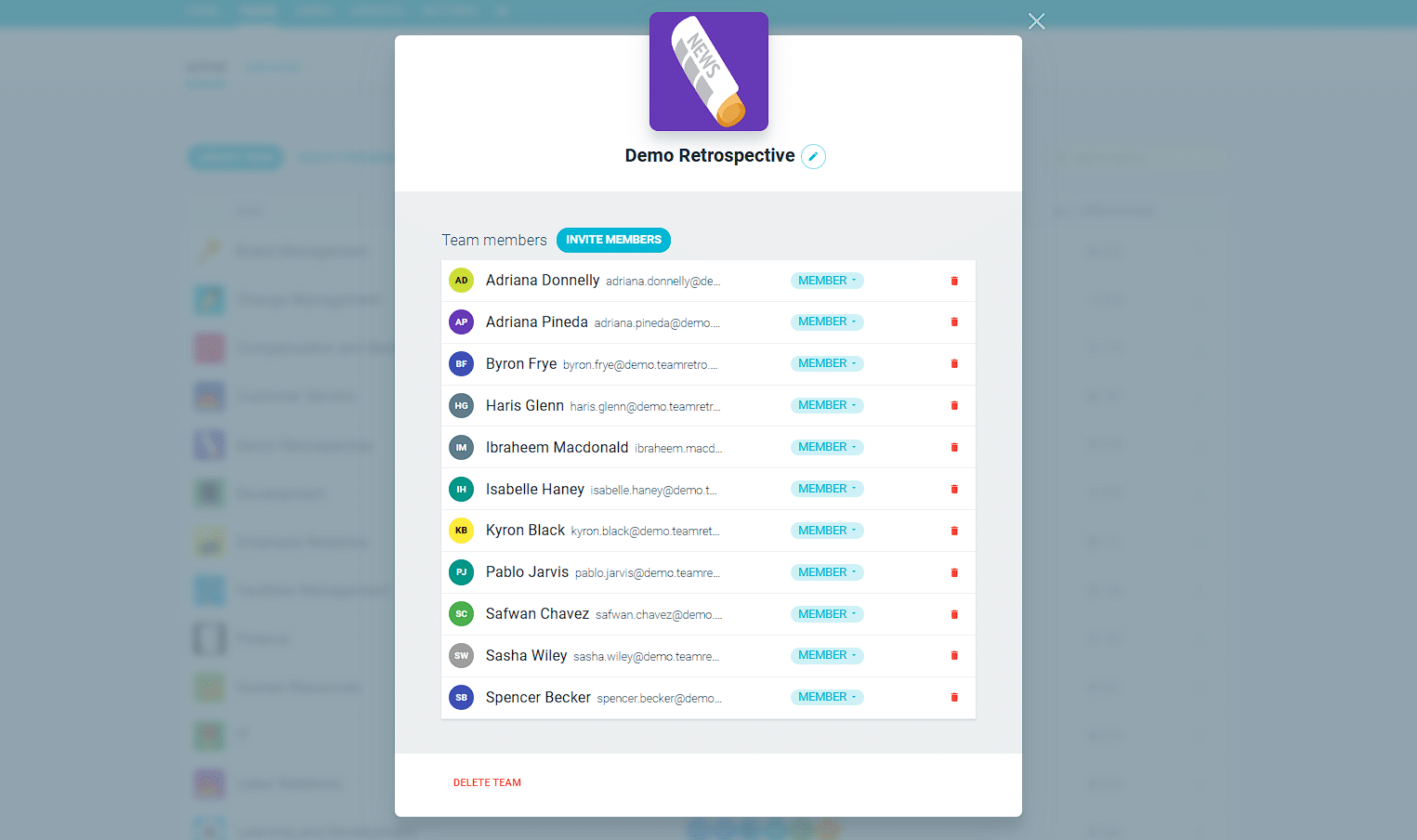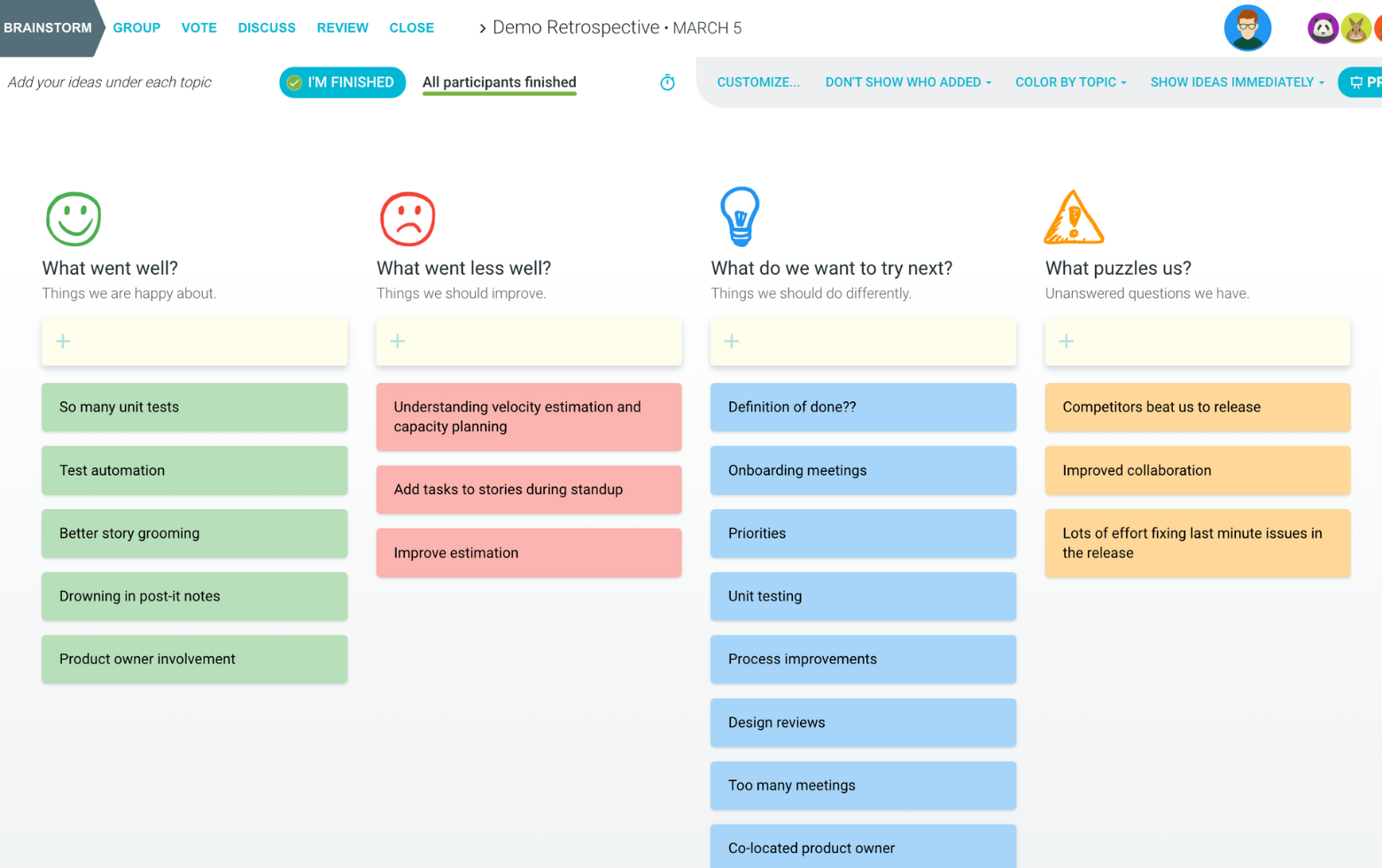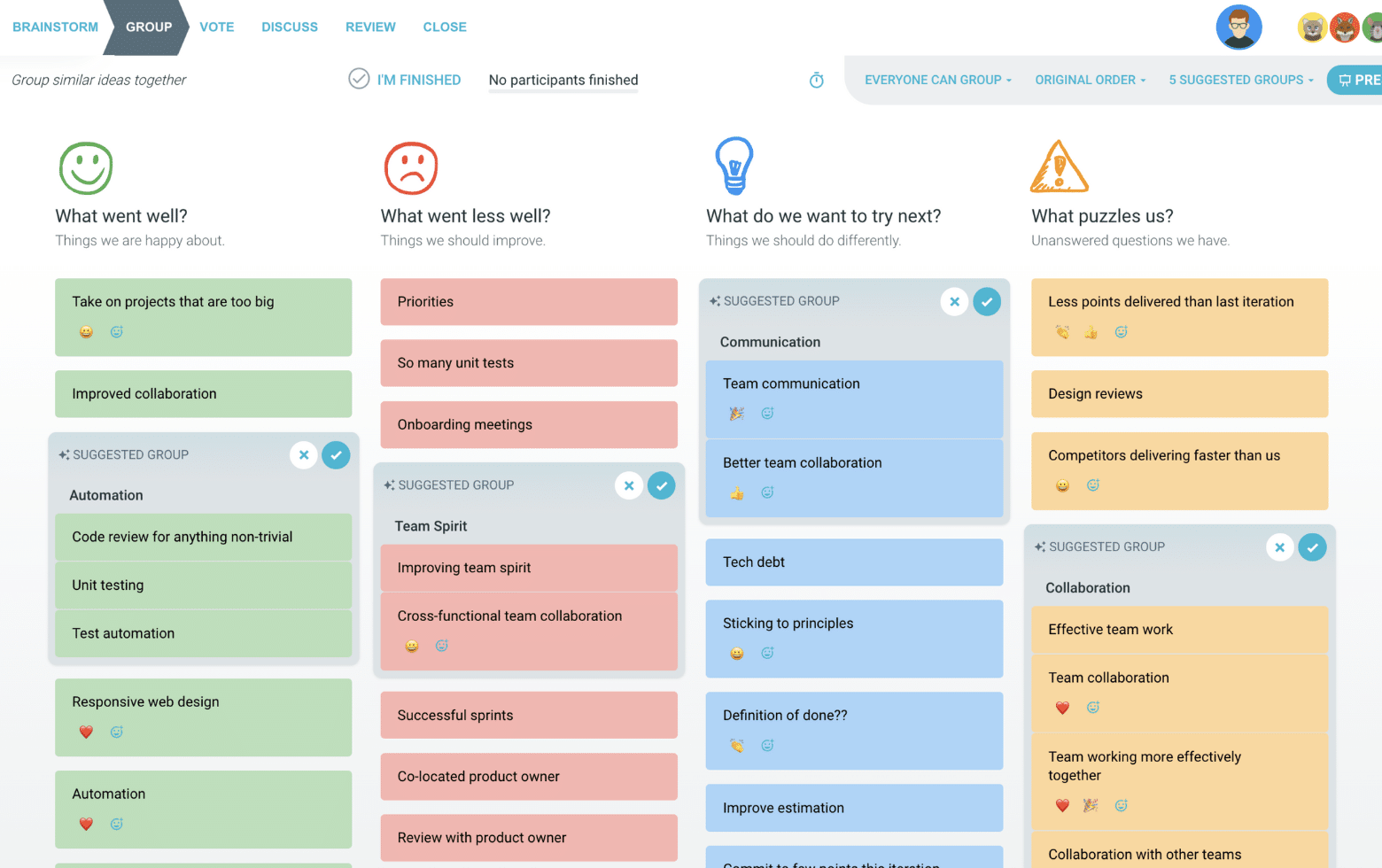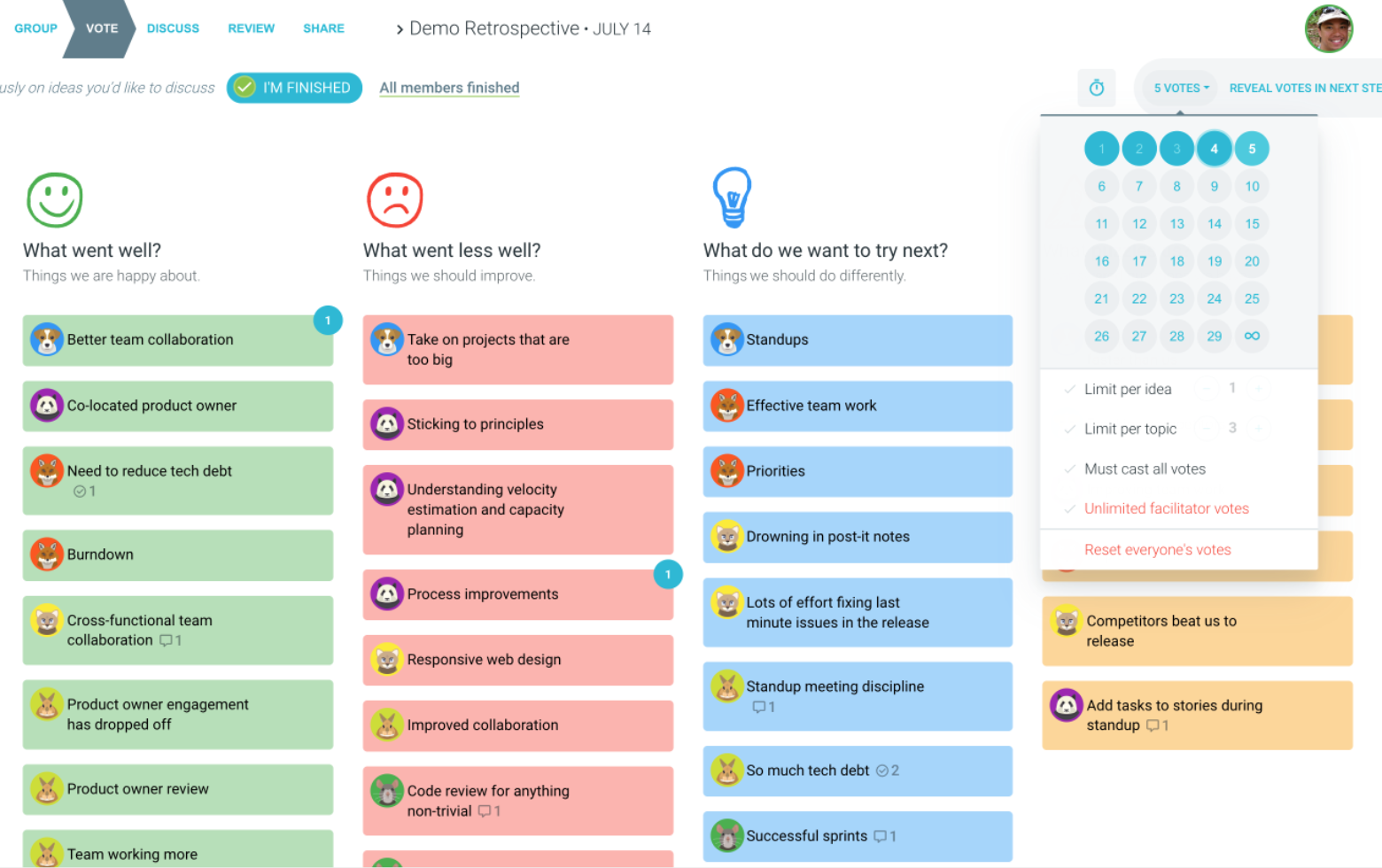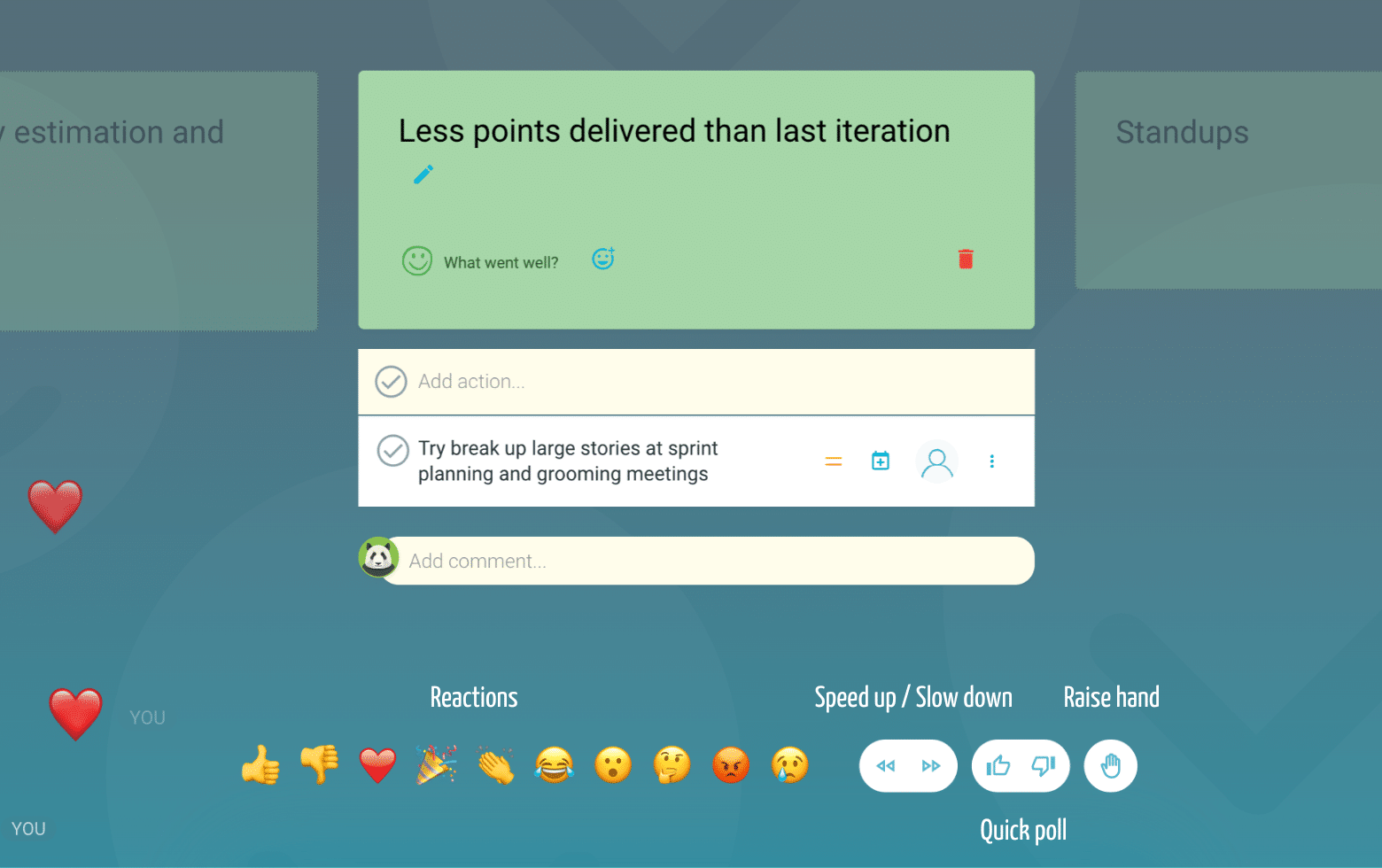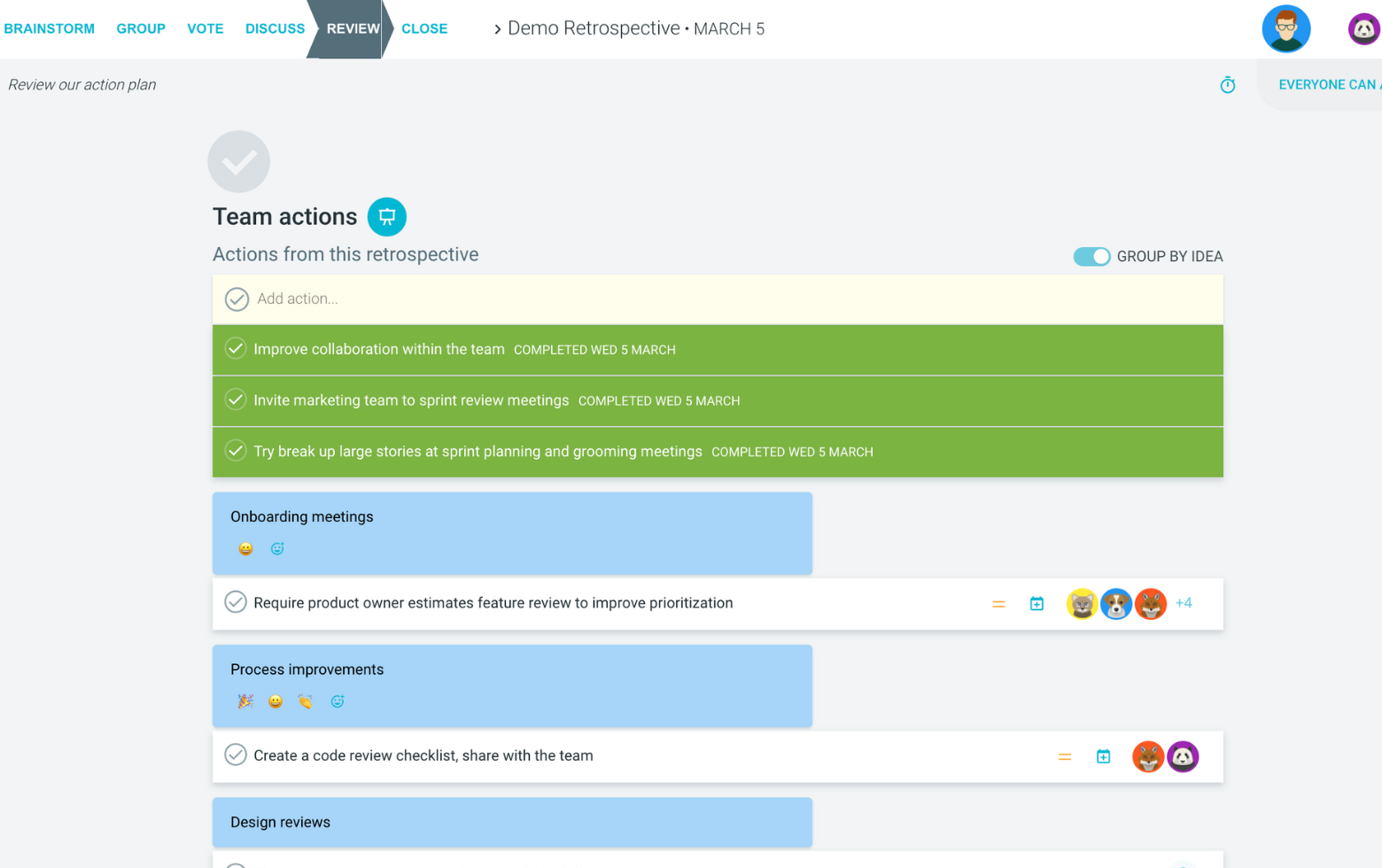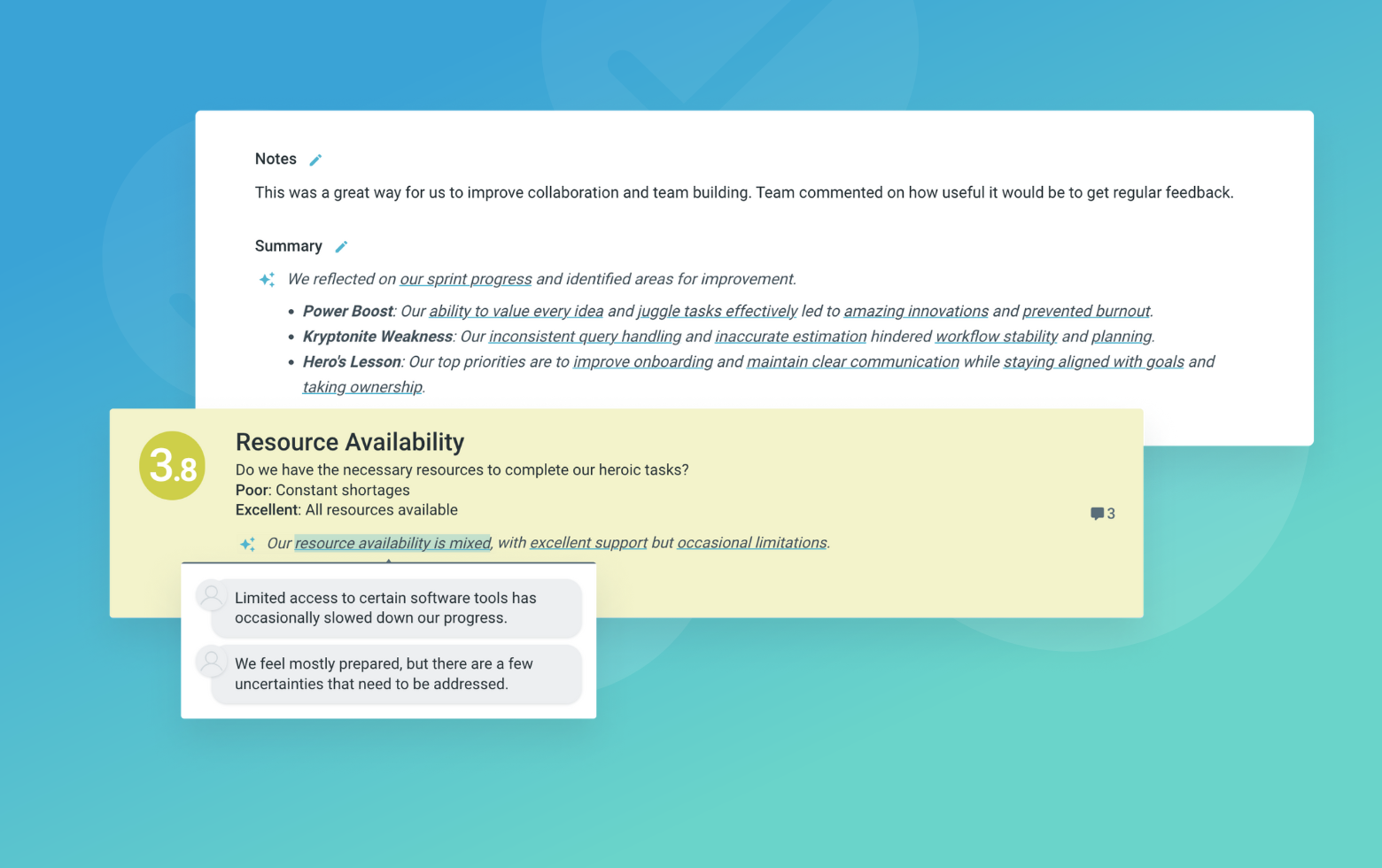An Incident Response Planning exercise is a structured activity that helps teams proactively identify potential risks, vulnerabilities, and incidents that could impact their operations. By brainstorming and discussing various scenarios, teams can develop comprehensive incident response plans to mitigate risks, minimize downtime, and ensure business continuity.
This desktop activity encourages cross-functional collaboration, fosters a culture of preparedness, and aligns teams on roles, responsibilities, and communication protocols during crises. It empowers teams to anticipate challenges, streamline decision-making processes, and enhance their overall resilience.
What is The Incident Response Planning
Potential Incidents
What types of incidents could potentially impact our operations?
Encourage teams to think broadly about various scenarios, including technical issues, natural disasters, security breaches, and more.
Response Strategies
How should we respond to these potential incidents?
Encourage teams to consider various response strategies, including communication protocols, resource allocation, and contingency plans.
Roles and Responsibilities
Who should be involved in incident response, and what are their roles?
Ensure teams clearly define roles, responsibilities, and decision-making authorities for effective incident response coordination.
Communication Protocols
How should we communicate during an incident?
Emphasize the importance of clear and timely communication, both internally and externally, during an incident.
Recovery and Continuity
How can we ensure business continuity and recovery after an incident?
Encourage teams to consider long-term recovery strategies, including data backup and restoration, system rebuilds, and operational resilience.
Continuous Improvement
How can we learn and improve from incidents?
Emphasize the importance of conducting thorough post-incident reviews, identifying areas for improvement, and implementing preventive measures.
Suggested icebreaker questions
- If you could have any superpower during an incident response, what would it be and why?
- Share a memorable incident or crisis you've experienced (personal or professional) and how it was handled.
Ideas and tips for your retrospective meeting
- Involve cross-functional teams and stakeholders to ensure a comprehensive perspective and buy-in.
- Encourage open and honest discussions, without fear of blame or retribution, to foster a culture of continuous improvement.
- Regularly review and update incident response plans to align with changing business needs, technologies, and industry best practices.
- Conduct regular training and simulations to validate plans and ensure team preparedness.
- Establish clear communication protocols and designated spokespersons to maintain transparency and control messaging during incidents.
- Prioritize critical systems, functions, and stakeholders for efficient resource allocation and recovery efforts.
.
How to run effective meetings with TeamRetro
Start Your Session in a Click
Log into TeamRetro and choose your template. Customise questions and the workflow to create your perfect retro for your team.
Create Your Team Easily – No Separate Accounts Needed
Brainstorm Individually – Free From Bias
Smart Grouping for Faster Insights
Fair, Flexible, and Fast Voting
Engage, React, and Capture Key Insights
Walk your team through ideas one by one with Presentation Mode. Stay in sync, spark real-time discussions, and capture feedback with comments, live reactions, and polls—all in one place.
Turn Ideas Into Action
Propose next steps with team buy-in, get AI-powered action suggestions, and keep everything in one place. Committed actions sync to your personal dashboard and integrate with your workflow tools—keeping you on track.
Save, Share, and Stay on Track
Get quick AI-powered summaries, add facilitator notes, and store retrospectives in your library for easy access. Schedule your next session and track published actions to keep your team accountable at the next retro.
Turn Team Data into Actionable Insights
Uncover trends, common themes, and key engagement metrics at a glance. Track sentiment shifts, analyze conversations, and monitor completed actions to drive continuous improvement.
